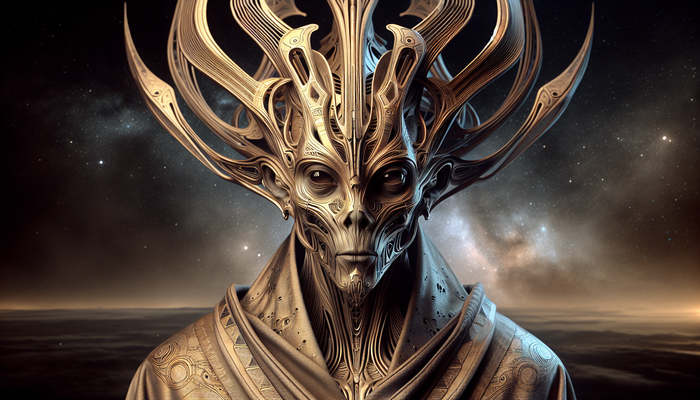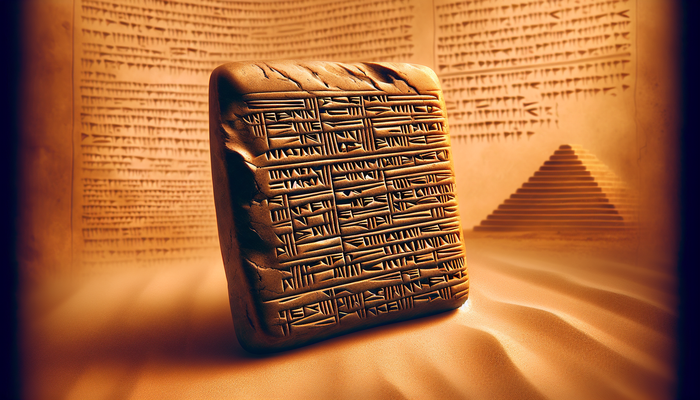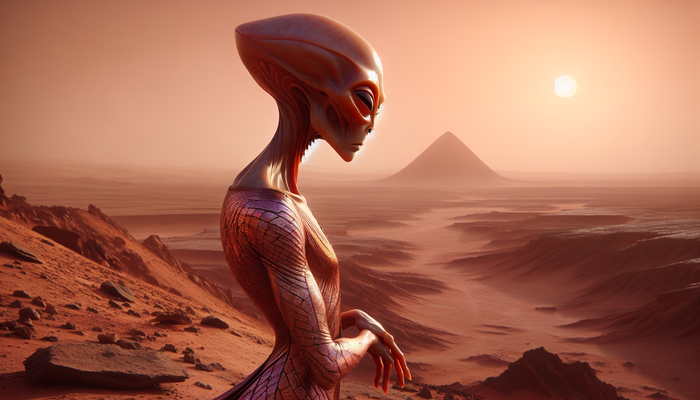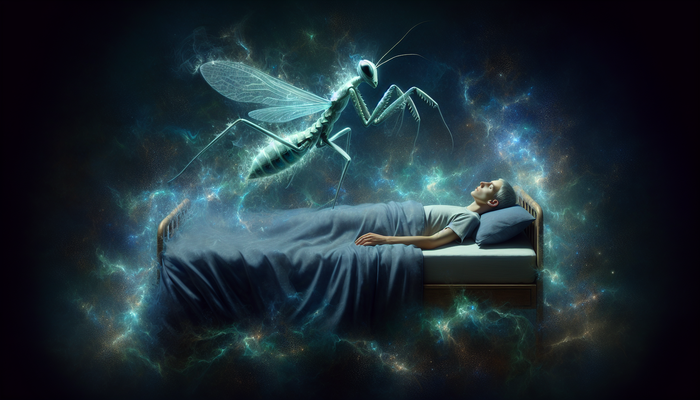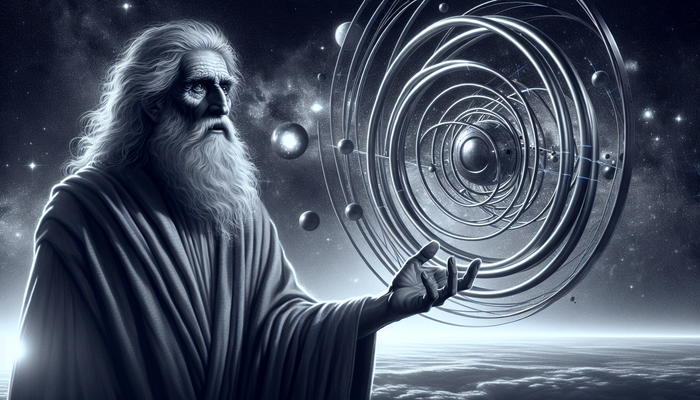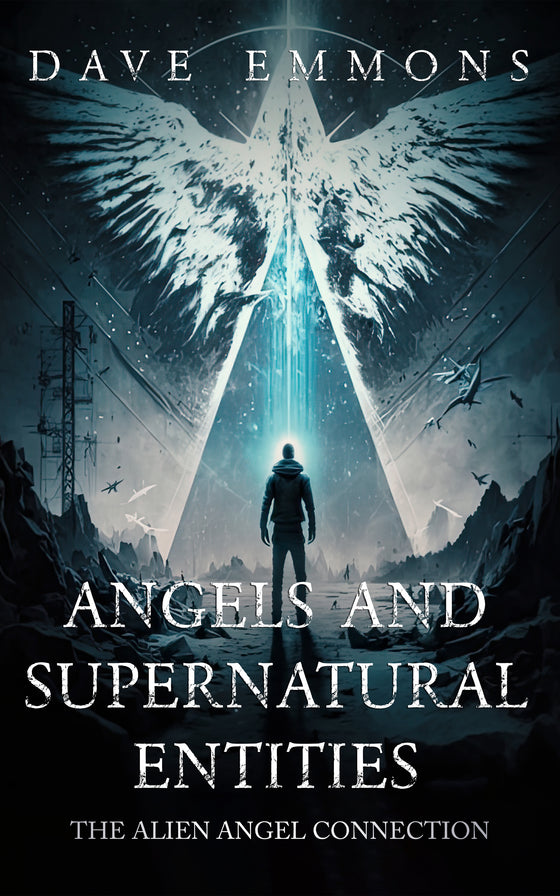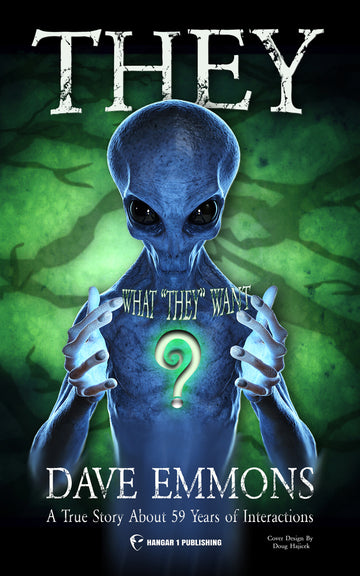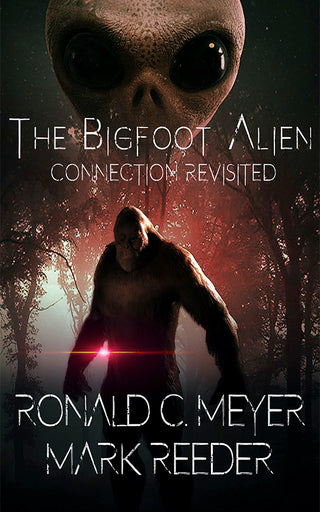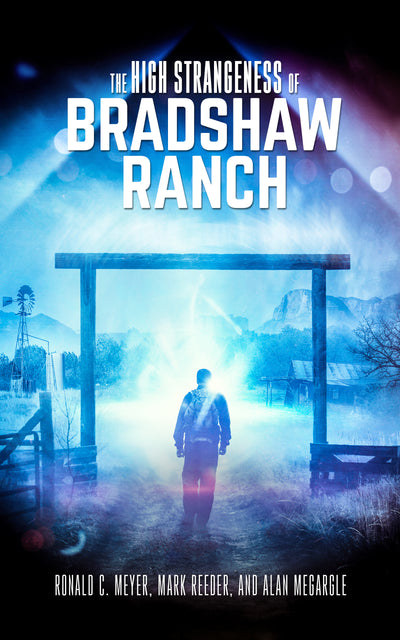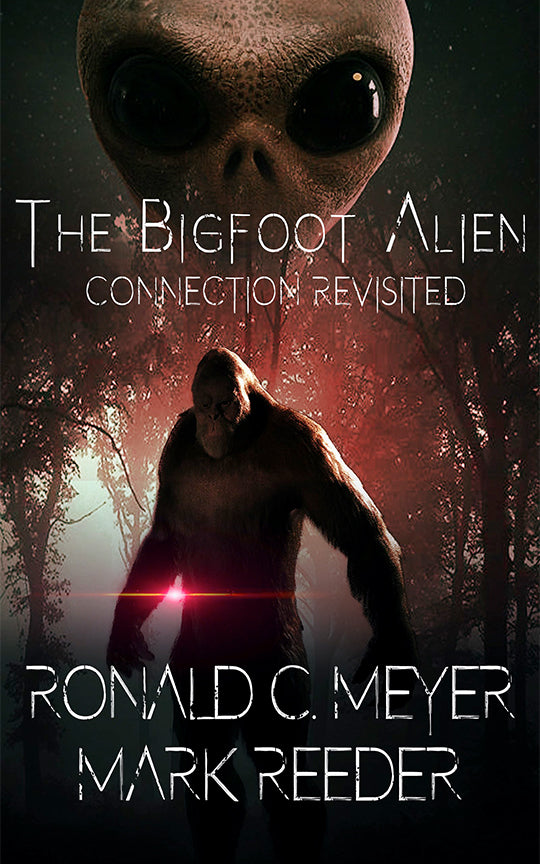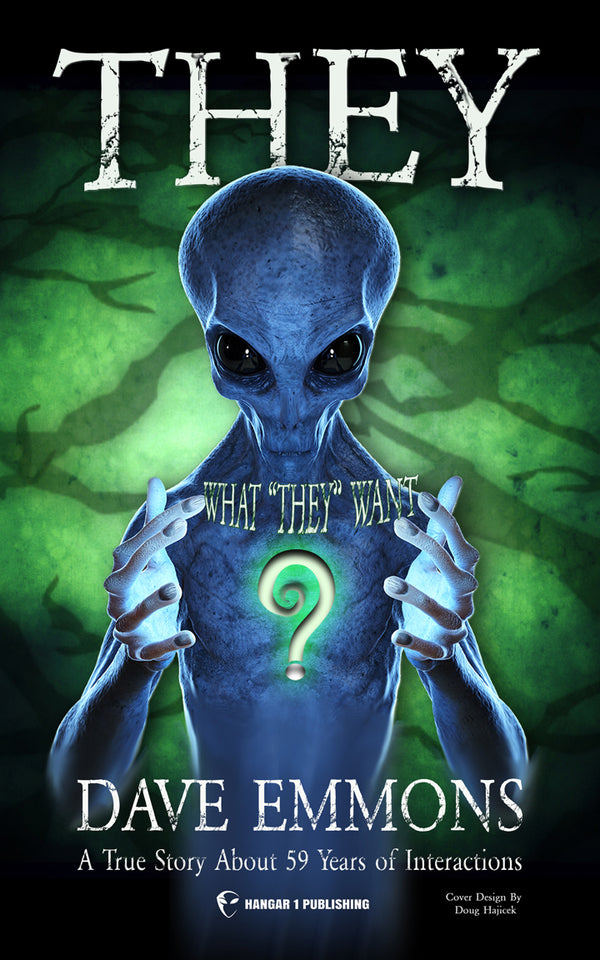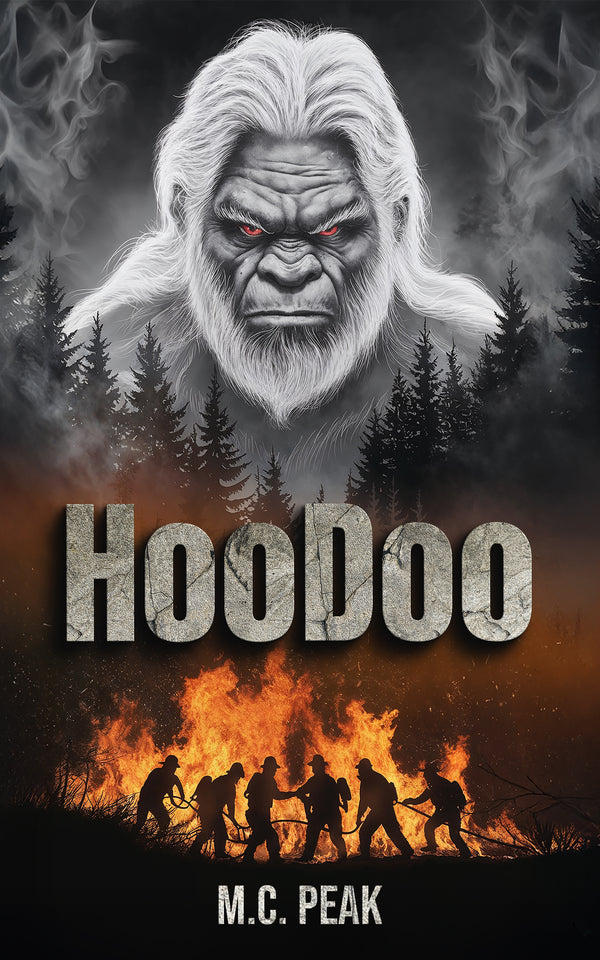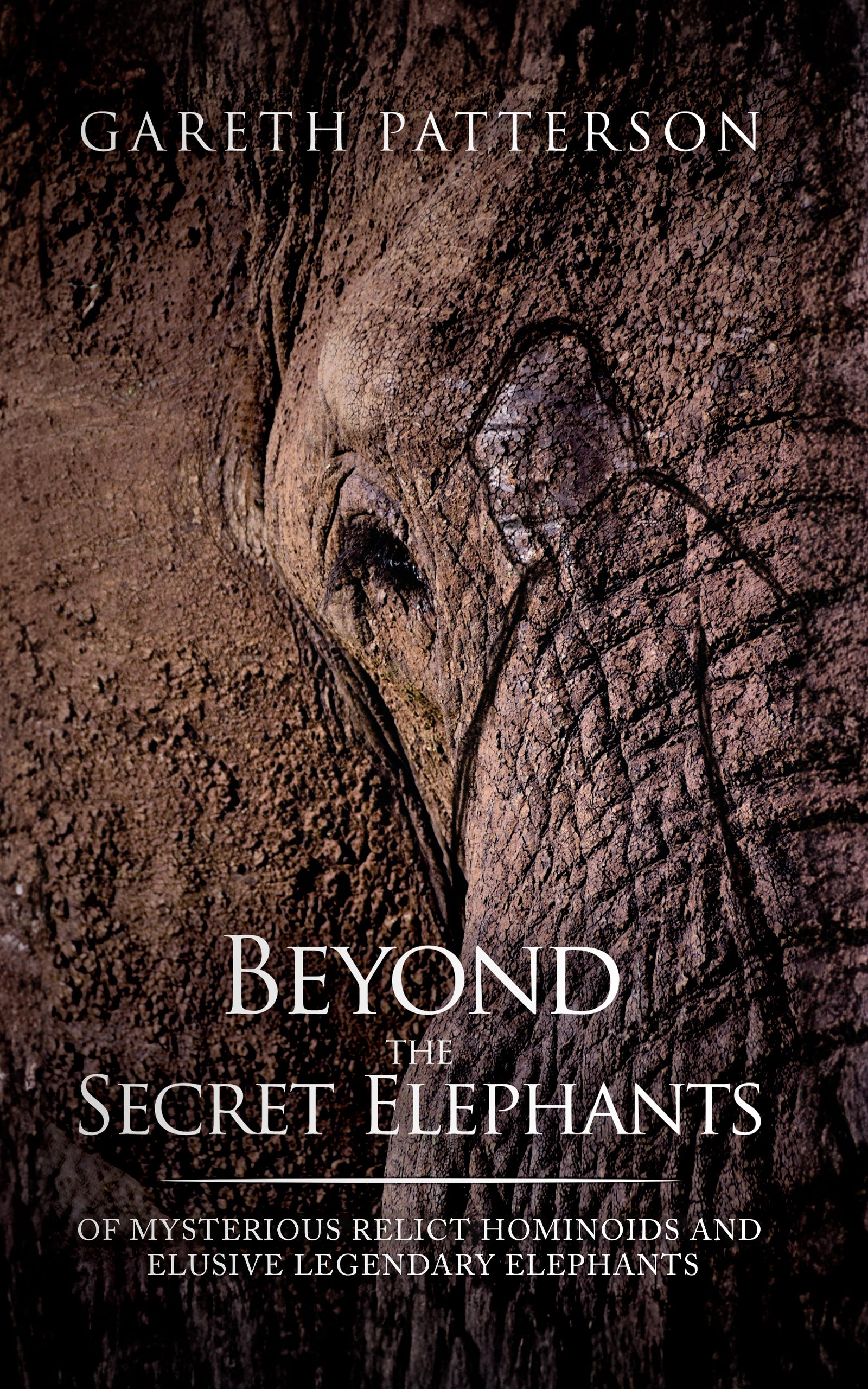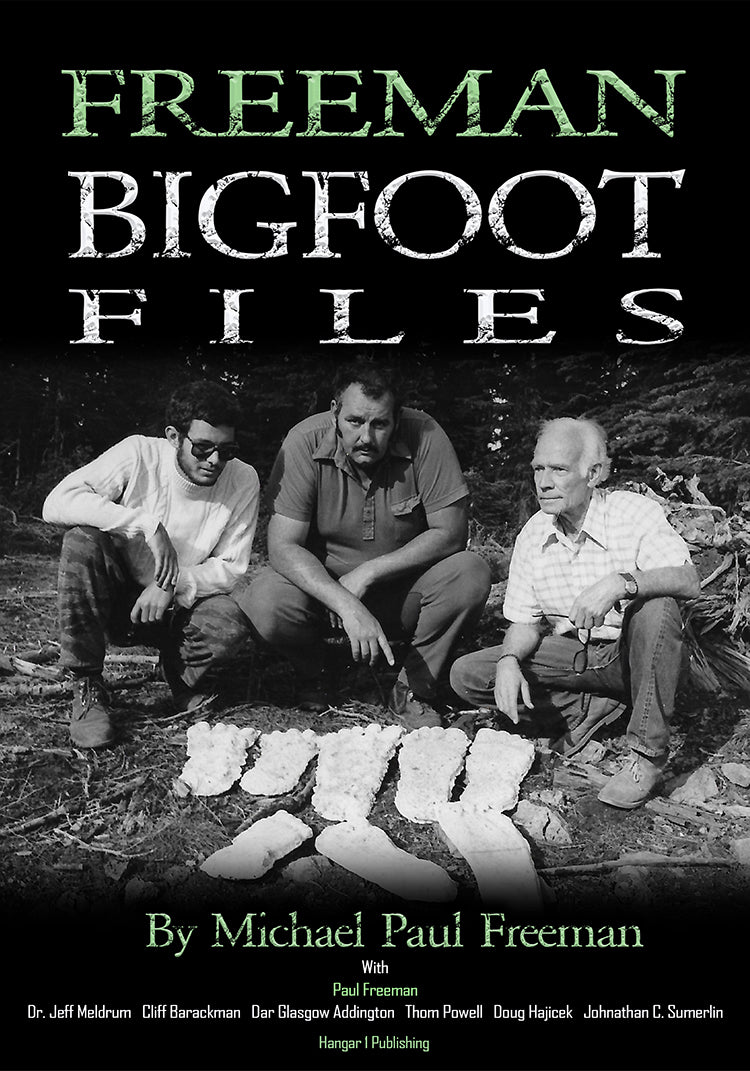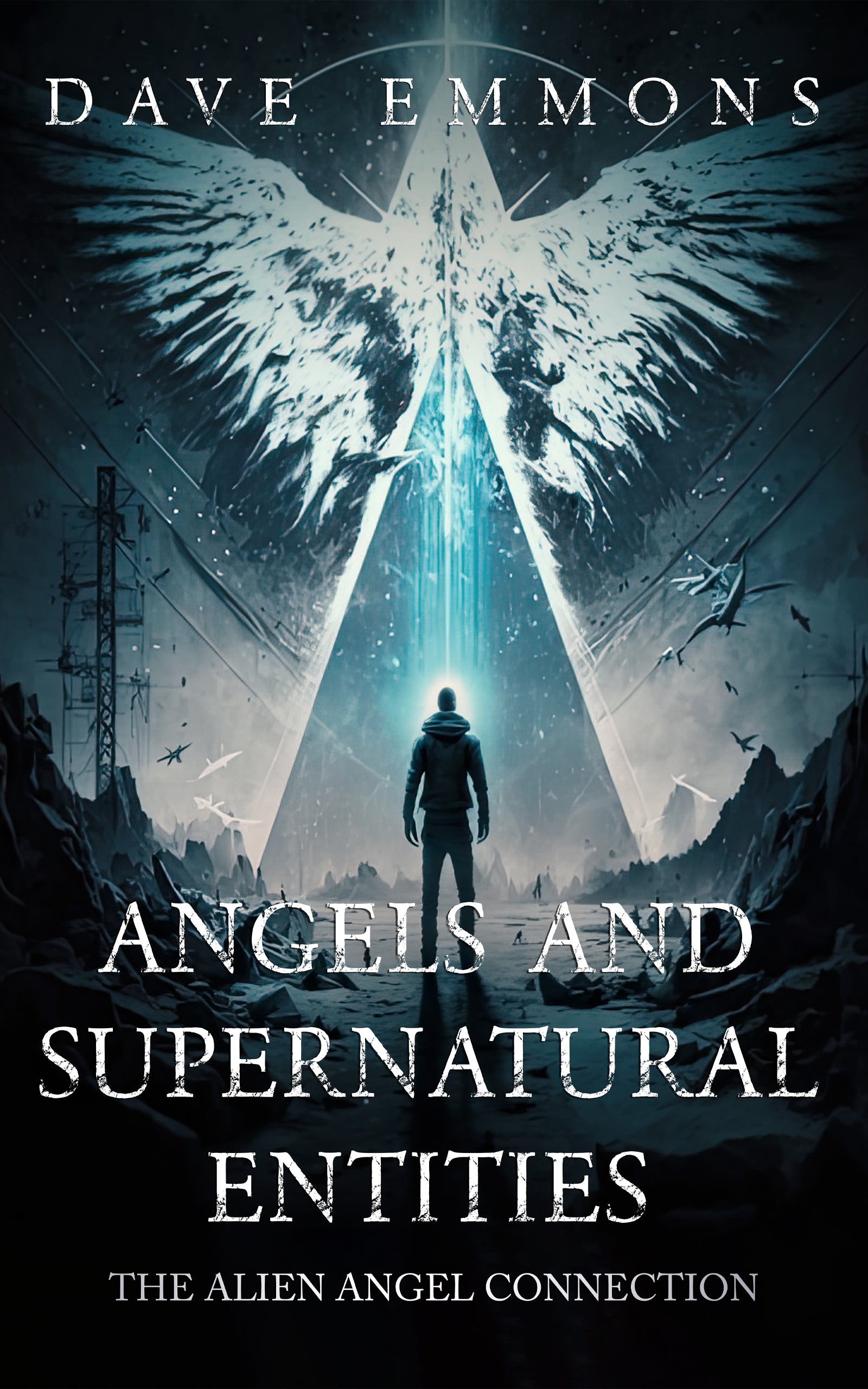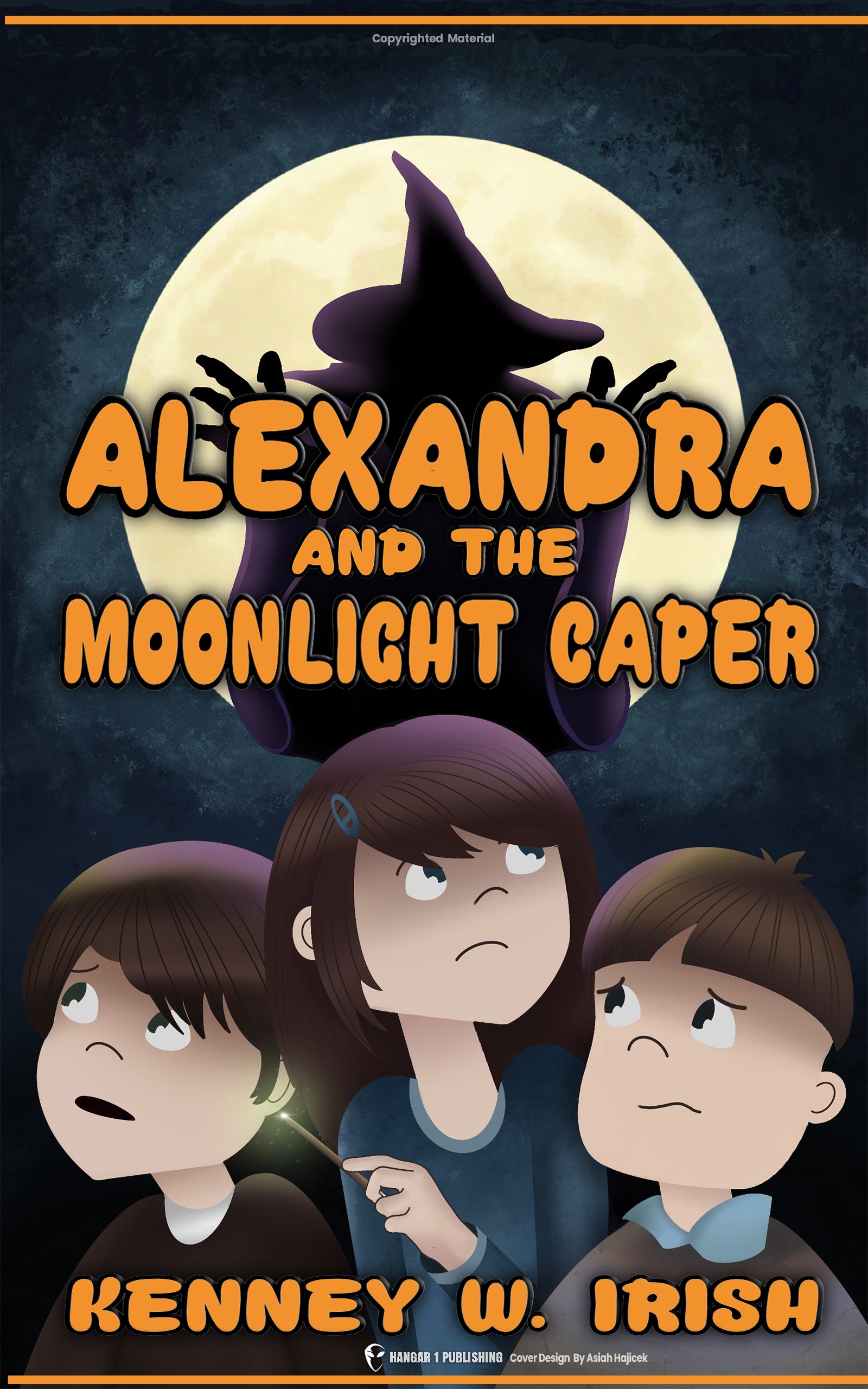The Hopi and Star Beings: A Legacy of Alien Contact
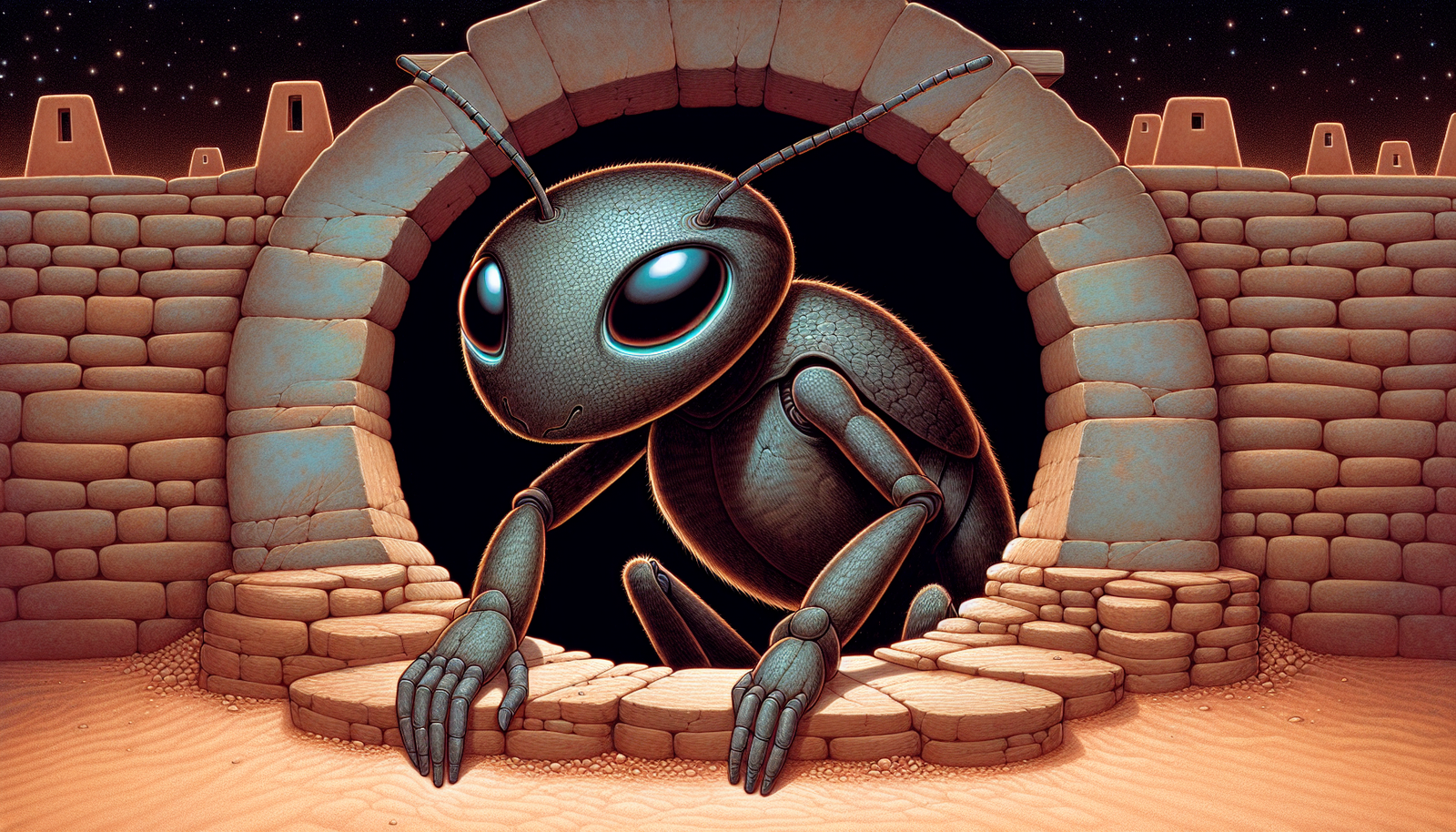
By Amara Okafor, Ufologist
The high mesas of northeastern Arizona, where ancient stone pueblos rise from red earth like natural extensions of the land itself. Here, for over a thousand years, the Hopi people have maintained something extraordinary-not just their culture or their ceremonies, but what they claim is an active, ongoing relationship with beings from the stars. This isn't the stuff of New Age fantasy or modern UFO hysteria. It's a complex, detailed account of extraterrestrial contact that forms the very foundation of Hopi identity, encoded in their language, carved into their sacred tablets, and mapped across their entire landscape.
The Hopi call themselves Hopituh Sinom, "The Peaceful People," and they've held fast to a sacred covenant with Maasaw, the ancient caretaker of Earth. But here's where their story takes a cosmic turn: they insist their ultimate responsibility extends far beyond this planet. According to their elders, their ancestors didn't evolve here or migrate from Asia. They came from the stars.
We're not talking about vague creation myths here. The Hopi worldview operates on a cyclical understanding of time, where we're currently living in the Fourth World. Three previous worlds? Destroyed. The first by fire, the second by ice, the third by flood-each apocalypse triggered when humanity lost its balance and forgot its sacred obligations. And each time, the Hopi say, they survived only through the intervention of their stellar relatives.
The Genesis Point: "Our Home is in the Stars"
The core of Hopi identity rests on a claim that would make any astronomer's head spin: they are "star seeds," literally the descendants of beings from specific stellar locations. Two stars, in particular, keep appearing in their traditions with remarkable consistency.
First, there's the Pleiades star cluster, which the Hopi call Chuhukon, meaning "those who cling together." Multiple sources within Hopi tradition point to this cluster as their original home, their first address in the cosmos before their journey to Earth. But then comes a bombshell from Hopi Elder John Machua, speaking directly to researchers in what may be one of the most significant testimonies ever recorded. His grandmother, a respected Medicine Woman, taught him something different-or perhaps complementary. She said they came from Sirius.
Think about that for a moment. Sirius isn't just any star. It's the brightest star in our night sky, and as we'll see, it plays a central role in Hopi prophecy about the future of our world. This isn't some generic "we came from up there somewhere" mythology. These are specific stellar coordinates.
The journey from stars to Earth, as the Hopi tell it, involved passage through three sacred caves representing Darkness, Transformation, and Knowledge-a kind of cosmic birth canal through which consciousness itself had to evolve before taking physical form. Elder Machua provides an almost technical description of the descent: his ancestors came through Earth's atmosphere as "specks of corn" or particles of "sand or clay," eventually solidifying into human form.
But here's where it gets truly mind-bending. According to Machua, they didn't navigate using star charts or celestial mathematics. "We sang to the stars," he explains, "and the stars led us to where we were... it was hearing frequency and that's what pulled us." They navigated the cosmos through sound, through vibration-a concept that sounds more like cutting-edge physics than ancient mythology.
When they finally touched down (first stop: Maui, where they exchanged knowledge with the Polynesian navigators), they were greeted by a being who would become central to their entire cosmology: Maasaw. And Maasaw? Well, he doesn't look like your typical Earth deity. The traditional descriptions paint him as a distinctly non-human figure with large, round eyes and a bulbous head, often carrying a staff. His form, interestingly enough, mirrors the Orion constellation-a pattern that, as we'll discover, is literally written into the Arizona landscape.
The Kachinas: Architects of Wisdom and Spirit
Let me clear up a massive misconception right away. Those colorful Kachina dolls you see in Southwest gift shops? They're not the Kachinas. They're teaching tools, representations of something far more profound. The real Kachinas, according to Hopi tradition, are powerful spirit beings who serve as intermediaries between the Creator and humanity. And where do they come from? You guessed it-the stars.
The story goes that during a devastating drought, the Hopi heard singing and dancing coming from the San Francisco Peaks. When they investigated, they encountered the Kachinas, who came back to their villages and revolutionized their entire way of life. These beings taught advanced agricultural techniques that allowed corn to grow in the desert, established the ceremonial calendar that still governs Hopi religious life, and imparted knowledge that was, quite literally, out of this world.
But the Kachinas didn't just teach-they built. And their greatest construction project was a place that makes ancient astronaut theorists absolutely giddy: Palatkwapi, the "Red House." Ethnographer Jesse Walter Fewkes identified this legendary city of wisdom as being in the Sedona-Verde Valley region, and according to Hopi tradition, it was constructed not by human hands but by the Kachinas themselves.
Imagine a four-story pyramidal structure that was essentially a cosmic university. On the first floor, initiates learned the history of the three previous worlds and humanity's purpose in the Fourth. The second floor was dedicated to understanding the human body and the spirit within-kind of like an ancient medical school with a consciousness studies department. The third floor? A comprehensive botanical pharmacy where students learned the medicinal properties of every plant.
But it was the fourth floor, the smallest and most exclusive level, that really pushes the boundaries of what we think ancient peoples could have known. Here, selected initiates with "great conscience" learned the workings of the planetary system, how stars influenced climate and crops, and-wait for it-how to use the "open door" at the top of their heads (what we now call the crown chakra) to communicate directly with the Creator. This wasn't just astronomy; it was applied cosmic consciousness, taught by beings who allegedly came from the stars themselves.
The Guardians Below: The Ant People and the Seeds of Survival
Now, if the Star People were the Hopi's cosmic teachers, the Ant People were their underground saviors, and their description will make your skin crawl-in a familiar way.
During the destruction of the First World by fire and the Second World by ice, the virtuous among the Hopi were guided to safety by beings they called the Anu Sinom, the Ant People. These weren't your garden-variety insects. The Ant People led the Hopi into vast subterranean cities where they waited out the apocalypses above. Down in these underground sanctuaries, the Ant People shared crucial survival knowledge: how to grow food without sunlight, how to store provisions for extended periods, and how to maintain their spiritual practices in the depths of the Earth.
Here's where things get unnervingly modern. Traditional depictions of the Ant People show beings with slender bodies, spindly limbs, large heads, and enormous eyes. Some drawings even include antennae-like protrusions. Sound familiar? These descriptions bear an uncanny resemblance to what millions of people today describe as "Grey aliens"-those archetypal extraterrestrial visitors of UFO lore.
But wait, there's a linguistic rabbit hole that goes even deeper. The Hopi word for ant is "anu," and their word for friends is "naki." Put them together and you get "Anu-naki," or "ant friends." Now, students of ancient Mesopotamian mythology might be getting goosebumps right about now. The Sumerian high god was named Anu, and the beings who descended from heaven in their mythology were called the Anunnaki. Coincidence? Linguistic convergence? Or are the Hopi and Sumerian traditions preserving memories of the same ancient visitors?
Technology of the Gods: Flying Shields, Golden Craft, and Modern Encounters
The Hopi legends don't just describe visitors from the stars-they detail their transportation methods with surprising technical specificity. Central to many stories are the "Flying Shields," circular, glowing craft that moved silently through the sky. In one particularly detailed legend, when a great darkness threatened the land, the Star People descended on these shields to help the Hopi fight off malevolent spirits. They even taught selected Hopi warriors how to construct and operate their own Flying Shields, made from earthly materials but infused with stellar energy.
If these were just ancient myths, we might file them away as imaginative storytelling. But Hopi Elder John Machua drops some jaw-dropping modern testimony that creates an unbroken line from ancient legend to contemporary experience. As a tribal police officer near Parker, Arizona, Machua witnessed something that would make any skeptic reconsider. He describes a massive craft-miles wide-emitting a blue light that scanned the contours of the land. The electromagnetic effects were dramatic: his police radio died, a nearby trucker's vehicle shut down, and the electrical interference was so intense you could hear the beam crackling through the air.
But here's the kicker: shortly after he reported the incident through official channels, requesting contact with "Edwards, Yuma, all of them," men in black suits appeared at his office. They confiscated all communication records and made it clear that the incident never happened. Machua was told his high-security clearance would be revoked if he spoke about it. And then? A gold mining company coincidentally opened operations at the exact spot where the craft had directed its beam.
This wasn't Machua's only encounter. He personally observed a smaller craft, "a little bit bigger than a Volkswagen," land near a sacred site. Two beings under four feet tall emerged, had a brief discussion, and departed. But perhaps the most intriguing revelation was a photograph owned by his childhood nurse, Jenny. She had worked at Parker hospital and later showed him a picture of herself standing with President Dwight D. Eisenhower-on the Hopi mesas. The implications align with decades of speculation about high-level government contact with extraterrestrial visitors.
What powers these craft? According to Machua, the answer has been hiding in plain sight in Hopi migration stories: gold. Not as currency or decoration, but as a propulsion component. He describes ancient accounts of gourd-shaped vessels flaked with gold that could fly vast distances. It's no accident, he suggests, that Hopi migration routes followed the Rio Grande and Colorado River-both rich in gold deposits. They weren't just following water; they were following the fuel supply for their cosmic transportation.
A Cosmic Bloodline: Star Children and The Watchers
The connection between the Hopi and their stellar ancestors isn't just cultural or spiritual-it's biological. Traditions speak of Star Beings who mated with human women, producing offspring known as Star Children. These weren't ordinary kids. They possessed advanced knowledge, often becoming healers and spiritual leaders while still young, tasked with helping restore balance to a world increasingly out of harmony.
Elder Machua calls the modern incarnations of these beings the "Blue Star Children," equating them with an ancient concept: the Watchers. He describes them as souls responding to Earth's distress call, incarnating in increasing numbers as our planet's frequency shifts. "My grandmother told me," he recalls, "that when these star children come, they were going to be of all colors." This isn't some exclusive ethnic prophecy-it's universal.
Machua's own connection to this lineage is intensely personal. At age five, while in a children's hospital, he experienced what can only be called an abduction or initiation. He remembers being taken aboard a craft, subjected to some kind of examination or activation, and shown the Earth from space. While the experience included the classic elements of fear and confusion often reported in abduction accounts, Machua interprets it differently. This was his wake-up call, his initiation into the knowledge his grandmother would later share, preparing him for his role as a bridge between worlds.
Written on the Earth and in the Stars: Archaeoastronomy and The Final Prophecy
If you want hard evidence of the Hopi's cosmic connections, look no further than the ground beneath their feet. Researchers have discovered something extraordinary: the Hopi didn't just randomly settle their lands. They created a massive terrestrial map of the heavens.
The three primary Hopi mesas align precisely with the three stars of Orion's Belt. But that's just the beginning. When you include other significant ruins and settlements:
- Wupatki corresponds to Orion's left shoulder (the star Bellatrix)
- Homolovi Ruins near Winslow marks the right shoulder (Betelgeuse)
- Northern villages align with Rigel, Orion's foot
This wasn't accidental. According to tradition, the god Maasaw himself-who bears a striking resemblance to the Orion constellation in his traditional depictions-directed the Hopi to build their villages in this specific pattern. They spent three centuries completing this terrestrial star map, creating a permanent "as above, so below" monument to their cosmic origins.
All of this crystallizes in the famous Blue Star Kachina prophecy. The appearance of the Blue Star Kachina (Saquasohuh), identified by many as the star Sirius, represents the ninth and final sign before the Day of Purification. When this Kachina "dances in the plaza and removes his mask," it symbolizes a great unveiling-hidden truths revealed to an uninitiated world. The prophecy speaks of a "dwelling-place in the heavens" that will fall with a great crash, appearing as a blue star. Many interpret this as a space station re-entering the atmosphere.
Following the Blue Star comes the Red Star Kachina, the Purifier, whose arrival completes the destruction of the Fourth World and ushers in the Fifth. It's cosmic recycling on a planetary scale.
Now, let's inject some intellectual honesty here. The specific "Blue Star Kachina" narrative that's so popular today was largely documented by non-Hopi author Frank Waters in 1963. Some researchers like Jason Colavito argue it might be a modern synthesis, possibly influenced by Christian apocalyptic themes. Fair point. But this scholarly skepticism about details doesn't negate the broader pattern: the Hopi have always understood themselves as cosmic beings with cosmic responsibilities, maintaining ancient knowledge given by ancient teachers who came from the stars.
Whether you interpret these accounts as literal history, spiritual metaphor, or something in between, the message remains consistent and urgent: humanity stands at a crossroads. Our cosmic relatives are watching, some are returning, and the choices we make now determine whether we join them in the Fifth World or perish with the Fourth. The Hopi, as the Peaceful People, continue their vigil on the high mesas, preserving the star knowledge, maintaining the ceremonies, and waiting for their relatives to return from the sky.
From Bigfoot to UFOs: Hangar 1 Publishing Has You Covered!
Explore Untold Stories: Venture into the world of UFOs, cryptids, Bigfoot, and beyond. Every story is a journey into the extraordinary.
Immersive Book Technology: Experience real videos, sights, and sounds within our books. Its not just reading; its an adventure.


